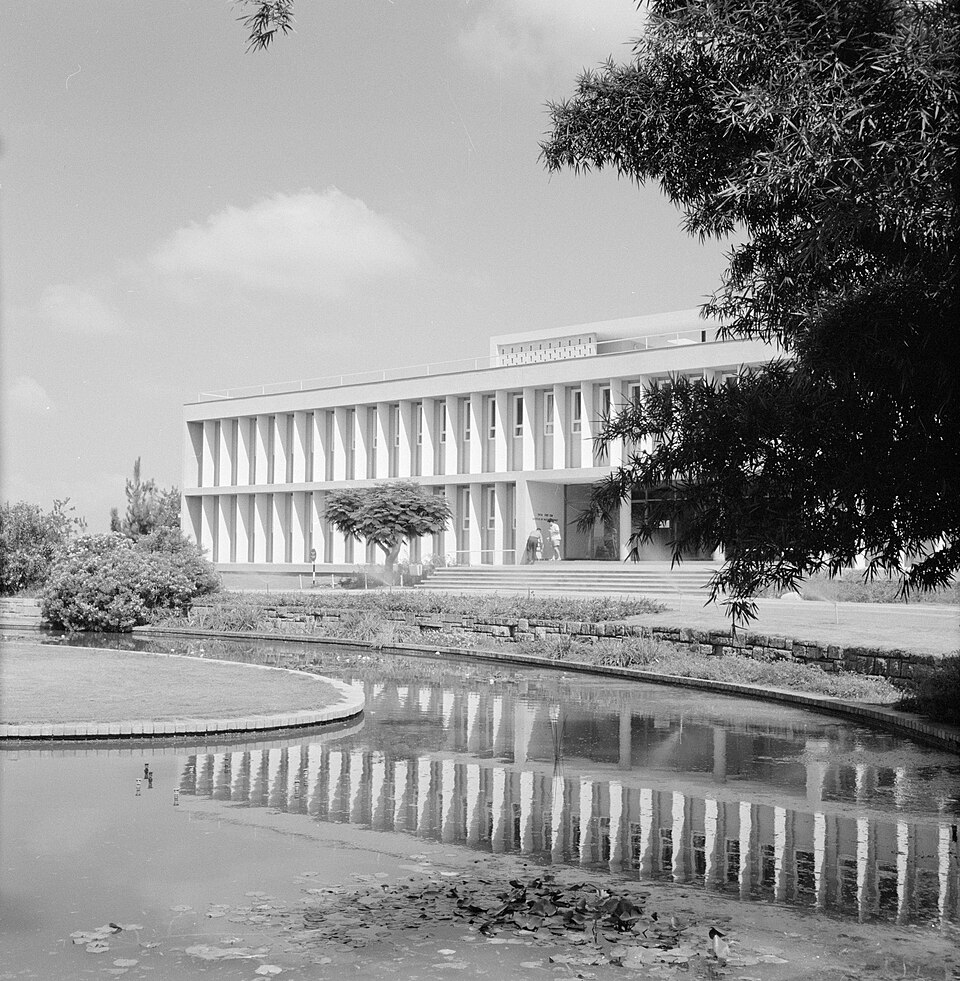Three overlapping policy regimes trace the arc. Early officials taxed land to buy railways and machinery. After 1900 bankers and bureaucrats balanced gold-standard discipline with quiet subsidies for heavy industry. The 1930s depression then pushed ministries and military planners to fuse those tools into a full command economy. Each phase kept old habits alive even while adding new ones.
State-Led Industrialization, 1868-1900
Fiscal reform came first. The Land-Tax Reform Law of 1873 converted in-kind levies into money payments and lifted government receipts by almost half over the decade, according to Cambridge University Press. Stable cash flow let Tokyo import telegraph wire, rifles, and steam locomotives without relying on foreign creditors.
Rail proved the backbone of industrial take-off. Track length grew from 29 kilometers in 1872 to more than 7,000 by 1900; freight rates fell and investors poured money into new joint-stock companies, evidence compiled in the Journal of Economic History shows. Cheaper transport linked regional rice markets and opened urban demand for coal and textiles.
State arsenals and shipyards doubled as classrooms. Engineers reverse-engineered British guns and turbines, then spun wartime contracts from the 1894–95 Sino-Japanese War into metallurgy labs whose patents later seeded civilian steel mills, a link traced by the same economic historians.
Finance soon clustered in family pyramids. Conglomerates such as Mitsui and Mitsubishi joined banks, mines, and trading houses to move capital faster than the young bond market could. By the early 1910s, contemporary surveys and later estimates suggested that tenants farmed a substantial share of Japan’s paddy land, signaling the rural inequality noted by observers at the time.
Managed Liberalization and Export Growth, 1900-1929
Japan adopted the gold standard in 1897 to reassure trading partners that its paper currency would hold value. A study in the Journal of Economic History finds that silk exporters gained from stable exchange rates even as the Bank of Japan quietly kept discount rates low for ironmakers.
World War I magnified the strategy. Allied demand for cotton thread and shipping reportedly generated trade surpluses that helped fund later investments in blast furnaces and hydroelectric dams at home. The new profits also tightened zaibatsu control: Mitsubishi-group firms reportedly gained greater access to domestic finance, reducing reliance on London intermediaries.
Beneath the growth figures social pressure built. Strike petitions climbed from 282 in 1920 to 906 in 1930 while falling rice prices squeezed tenant farmers, according to rural studies published by Rural History. Politicians passed limited factory acts, but core policy stayed interventionist.
That dualism defined the era. Parliament met and tariffs fell, yet ministries still set silk export quotas and steered shipbuilders toward hull sizes favored by the navy. Market forms sat atop a powerful bureaucracy that had learned to guide without open command.
Depression Shock and Reflation, 1929-1937
The global crash exposed the fragility of monetary orthodoxy. Finance Minister Inoue restored the yen to pre-war gold parity in January 1930, and export prices tumbled. Production indices and bankruptcy records from the period show steep contraction.
Takahashi Korekiyo reversed course in December 1931. He ended gold convertibility, devalued the yen, and asked the Bank of Japan to buy deficit bonds. By 1934 industrial output had recovered to pre-crisis levels, a turnaround documented by Journal of Economic History research.
Yet stimulus blurred into management. Industrial Rationalization Councils emerged in steel, chemicals, and machinery to stabilize prices and pool loans under state supervision. Their bylaws echoed some features of German cartels and, according to later accounts, sometimes included military officers as observers.
Easy credit pleased zaibatsu chairmen but also armed army economists with a working template for total war. Cabinet memoranda from 1935 already described permanent controls over coal and freight even before full hostilities in China began.
Wartime Command Economy, 1937-1945
The National General Mobilization Law of 1938 formally moved Japan to a command footing. It let cabinet agencies order mergers, cap dividends, and draft labor, authority detailed in Cambridge University Press studies.
Materials Mobilization Plans redirected steel to military shipyards while civilian rail quotas fell. Munitions payrolls tripled between 1937 and 1941, a surge linked by the Journal of Asian Studies to compulsory overtime and ration coupons.
Cooperation from big business was bought, not coerced. Mitsubishi Heavy Industries secured guaranteed margins and long-term orders, a pattern explored by Cambridge University Press. Bureaucrats, bankers, and generals forged a dense web of production committees that assigned raw materials and credit.
By 1945 Japan fielded a capital-intensive yet brittle economy: highly cartelized, price-controlled, and starved of oil. The very accounting offices that tracked bomber rivets would soon track automobile carburetors under U.S. occupation.
Occupation and Institutional Memory after 1945
Allied headquarters ordered zaibatsu holding companies dissolved, but managers regrouped as looser keiretsu networks that swapped shares rather than held direct ownership. Antitrust statutes trimmed equity stakes, yet procurement veterans now steered export consortia selling cameras instead of cannons.
Control habits also survived. Record-keeping systems built by wartime Production Control Associations influenced the Ministry of International Trade and Industry, created in 1949, which decided which steel mills or transistor lines would receive scarce dollar imports. American aid supplied machine tools, but Japanese bureaucrats still ranked projects.
Economic historians argue that this continuity helped fuel the later "economic miracle." Political constraints changed—elections, unions, and a U.S. security umbrella redirected planning toward consumer exports—yet the administrative skeleton remained recognizably pre-1945.
Japan’s path from land taxes to ration cards was less a linear modernization than a series of pivots. Each crisis layered new agencies over old routines: tax to buy tracks, liberalize to earn dollars, cartelize to save factories, mobilize to fight wars.
Those layers formed a chassis sturdy enough to power post-war growth once the same planners pointed it toward televisions and cars. It echoes a paradox Francis Fukuyama and other theorists have noted: state capacities originally built for empire can later be turned toward exporting consumer prosperity instead.
Sources
- Cambridge University Press. "Transformation, 1894–1924 (in The Making of Japanese Settler Colonialism)." Cambridge University Press, 2020.
- Tang, John P. "Railroad Expansion and Industrialization: Evidence from Meiji Japan." Journal of Economic History, 2014.
- Yamamura, Kozo. "Success Ill-gotten? The Role of Meiji Militarism in Japan's Technological Progress." Journal of Economic History, 2010.
- Yamamura, Kozo. "Zaibatsu, Pre-war and Zaibatsu, Post-war." Journal of Asian Studies, 1964.
- Weidenmier, Marc et al. "Why Did Countries Adopt the Gold Standard? Lessons from Japan." Journal of Economic History, 2010.
- Cha, Myung Soo. "Did Takahashi Korekiyo Rescue Japan from the Great Depression?." Journal of Economic History, 2003.
- Hirano, Kenta. "Japan’s Rural Electrification before the Mid-1930s." Rural History, 2019.
- Sato, Shigehisa. "The Munitions Worker as Trickster in Wartime Japan." Journal of Asian Studies, 2021.
- Morris-Suzuki, Tessa. "National Land Planning (in Science for Governing Japan’s Population)." Cambridge University Press, 2020.
- Miwa, Yoshiro. "Japan’s Economic Planning and Mobilization in Wartime, 1930s-1940s." Cambridge University Press, 2014.
- Fukuyama, Francis. "Political Order and Political Decay." Farrar, Straus and Giroux, 2014.




